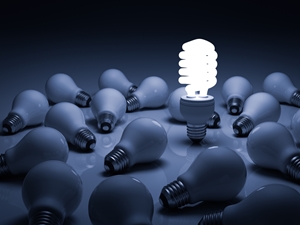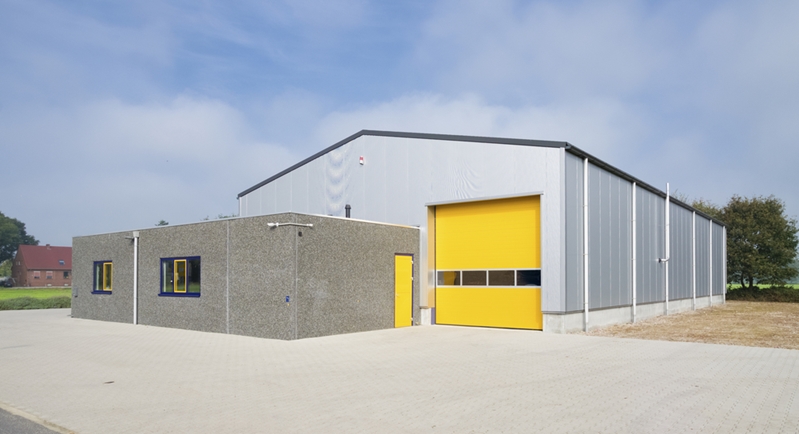
Recycling more waste, drinking coffee every morning from a keep-cup, remembering to switch off the television when nobody is watching – all these small steps are helping the environment. But what about the bigger decisions, such as building a house with solar panels or designing an industrial shed with energy efficient systems in place?
These are just as important for reducing your carbon footprint. Here you can find a bunch of top tips to stay on the green path and make your custom designed shed energy friendly.
Why is being energy efficient important in Australia?
In Australia, 16.9 metric tonnes of carbon emissions were released per person between 2010 and 2015, according to data from the World Bank. The Sustainable Australia Report from 2013 also reported similar figures, noting that Australia emits more greenhouse gas emissions per capita than any other developed country in the world.
Australia emits more greenhouse gas emissions per capita than any other developed country in the world.
These statistics are simply some of many studies that are all echoing similar points, uniting in cohesion to draw attention to climate change and the importance of sustainability.
Making greener choices in our daily lives is the best course of action moving forward, and strategies for using renewable energy sources should be at the forefront of your mind when you use the Shed Boss app to design your customised shed, garage, barn, or workshop.
There are seven tips included here to help guide you through the designing process, prioritising energy efficiency throughout each step of the creative journey.
But first, there is another important point to raise about the perks of going green: more money in your bank.
How can energy efficiency save you money?
The Australian Bureau of Statistics (ABS) announced in 2013 that the average Aussie household spends $99 each week on energy costs. While the largest contributor to this amount was fuel, costing around $60 on average, the price of electricity and gas made up the rest and amounted to $39.
People staying in colder climates such as Tasmania, Victoria, parts of New South Wales and the ACT had to fork out more money for home energy bills, paying about $47 per week. In contrast, warmer, sunny regions such as Perth and some Sydney suburbs only cost their residents $36 every week. What's more, households that installed solar powered energy sources, such as solar panels or water heating tanks, spent $6 less each week than those without.
 Save money on power bills by making your custom designed shed energy efficient.
Save money on power bills by making your custom designed shed energy efficient. Similar savings are on the table for businesses that turned to the natural heat of the sun's rays for energy. In fact, the latest Clean Energy Australia Report found that over 15,000 businesses have taken the solar route and installed some form of solar power system. As a result, they have collectively saved more than $64 million on their power bills annually.
Needless to say, investing in clean energy is a smart financial move.
Tips for making your custom designed shed energy savvy
With both the environmental and economic perks of going green in mind, make your shed or garage energy efficient using these seven tips.
- A market research report by Ipsos found that a whopping 87 per cent of Aussies would like homes built with solar panels. Your residential shed is just a stone's throw away, but probably smaller in size than your home, so you may not need solar panels on it as well but adding skylights can help heat the inside naturally from the sun's rays.
- Insulate the shed. Shed Boss offers this service so it can be done effortlessly. Better health and fewer coughs and colds while you work in the shed in winter will save you medical bills too.
- Save on electricity costs for lighting by adding large glass sliding doors for illumination. The World Nuclear Organisation found that electricity usage makes up nearly a quarter of total energy consumption in Australia, so using natural light wherever possible can chip in to reduce wasting power.
- Although roller doors are pretty efficient, those of you super committed to reducing your carbon footprint can install a front or rear garaport instead so no electricity or battery is used to open your garage. Just park the car under the garaport's shelter.
- If you use the garage for laundry, choose appliances of 3.5-star energy ratings or higher and a high WELS water rating to minimise energy usage. Rather than waste electricity on a dryer, just use the poles of your garaport to set up a clothes line to dry your washing naturally.
- All electrical appliances in your shed could be plugged into one extension chord system, so turning off just a single switch conveniently shuts them all off when you leave the shed.
- Design your shed with a small pipe under the roof or garaport for collecting rain water. Because Shed Boss offers customisability and flexibility, such unique requests can be catered for.
 Give your shed a sunny, happy feel with energy efficient skylights.
Give your shed a sunny, happy feel with energy efficient skylights. 